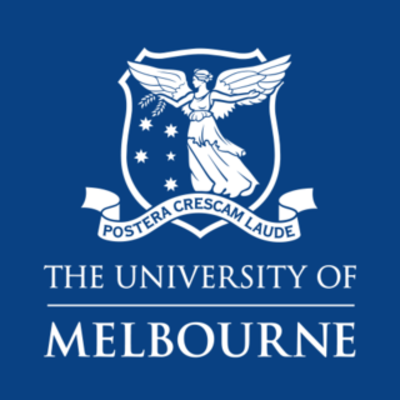Depending on the circumstances, perfectionism can lead to better performance in school or at work. Or it can make performance worse. But any performance gains are likely to be outweighed by wellbeing issues. There are links between perfectionism and burnout and depression, for example.
Evidence for these types of negative effects has been found in a range of settings, including among young people for whom perfectionism is a vulnerability factor for mental health. However, practical measures – like school lessons – could make a difference.
Perfectionism is a personality characteristic that includes the tendency to have unrealistically high standards and to be overly critical. It can lead to a complex mix of a desire to prove yourself and a fear of inadequacy, and consequently the frequent experience of anxiety, worry and doubt.
There are some recent studies that vividly illustrate the vulnerability of young people to perfectionism. For example, in one study led by one of the PhD students in my research group looked at the relationship between perfectionism and social media use.
The study of 135 adolescent girls found the female teenagers who were most likely to report depressive symptoms when comparing their appearance to others were those who reported higher levels of “self-critical perfectionism”.
Our research group also conducted a large review of academic research that has been conducted on perfectionism among academically gifted students. This also showed the various ways perfectionism can influence students.
Drawing from 36 studies in this area, we found that the doubts, concerns, and fears characteristic of perfectionism can take their toll on even the most talented students.
Surprisingly, only one study had tested out practical ways to address perfectionism. The findings were promising, though. There was some evidence that a series of lessons focused on coping with pressures, expectations, and the unhealthy aspects of perfectionism could help students.
We were motivated by the lack of work in this area and the belief that teachers and schools can play a key role in preventing difficulties with perfectionism before they arise. We have explored what can be done in the classroom to support students who have perfectionistic tendencies.
Practical approaches
Working with the education charity the National Association for Able Children in Education (NACE), colleagues and I have put together resources to help schools respond to this area of concern and to provide practical suggestions for young people, teachers and parents.
One of our resources is a simple classroom lesson designed to increase levels of “perfectionism literacy”. Our intention in creating the resource was to help young people recognise the features of perfectionism, increase their knowledge of the help available, and become more willing to seek help if needed.
The lesson provides information on perfectionism and includes an activity focused on the difference between perfectionism and doing things well.
The purpose of this task is to emphasise that often, good is good enough. Pursuing perfection is unnecessary and unrealistic, and working hard and doing your best is not only different from aiming to be perfect, but also a better and more rewarding goal.

Another activity teaches young people about different “flavours” of perfectionism. This analogy draws attention to how perfectionism comes in different forms and how it can include views of others and how others view us.
We tend to think of perfectionism in personal terms – having unrealistic standards for ourselves, for example. However, perfectionism can also include others, expecting perfection from others or believing that others expect you to be perfect.
This means that perfectionism influences not only our own wellbeing but can also have a negative impact on our relationships with others.
We recently piloted the materials in one secondary school. Students were guided through the lesson by a teacher who received a small amount of training and the opportunity to ask questions and practice with the materials.
Our evaluation of the lesson showed that it had a positive impact on students. Following the lesson, students reported they had more knowledge of perfectionism and better recognised the importance of seeking support if needed.
It is also important that teachers consider the degree to which current practice in their classrooms might inadvertently encourage, rather than discourage, perfectionistic thinking in their students.
Unrealistic expectations, frequent or excessive criticism, anxiousness over mistakes, and public use of rewards and sanctions may all reinforce perfectionism in students. Although this is a new area of research and teaching practice, we think it is key to long-term positive changes.
Teachers and parents need to be able to recognise perfectionistic behaviour and the difficulties that children and young people may experience as a result. In schools, increasing the understanding of perfectionism among teachers is a useful way of supporting student wellbeing.
What did you think of this article?
Great | Good | Meh | Weak






